1. The Falling Man – A Quiet Desperation on 9/11

The image of a man falling headfirst from the World Trade Center is one that’s etched into history—and hearts. Taken by Richard Drew on September 11, 2001, it captures a moment too painful to fully comprehend. He’s dressed neatly, arms at his sides, falling in a strangely peaceful pose. Many believed this image was too graphic to show, yet it became one of the most powerful photos of that horrific day shares CBS News.
What most people don’t realize is that this man, like many others trapped above the impact zone, faced an unthinkable choice. Witnesses say people jumped to escape the flames and smoke, some even holding hands. It’s believed the man might have worked at Windows on the World, the restaurant at the top of the North Tower. His identity was never confirmed with certainty, leaving behind a haunting symbol of human tragedy adds AP News.
2. The Vulture and the Little Girl – A Tragic Wait
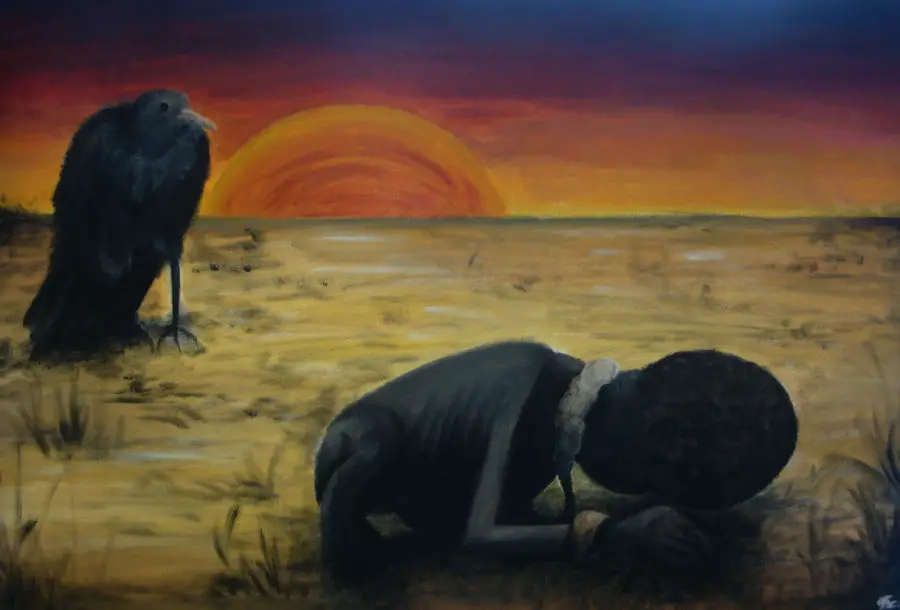
Taken in Sudan in 1993 by Kevin Carter, this Pulitzer Prize-winning image shows a starving toddler collapsed on the ground, with a vulture ominously waiting behind her. The photo became an international symbol of famine and sparked outrage over the lack of global action. What made it so disturbing wasn’t just the suffering—it was the sense that death was patiently looming nearby shares All That’s Interesting.
Carter later revealed he had scared the vulture away after taking the shot, but he faced harsh criticism for not helping the girl. The moment haunted him, and many believe it contributed to his suicide just a year later. The girl’s fate remains uncertain, though some reports claim she survived the encounter. Either way, the photo left the world asking what it means to be a witness to suffering—and what our responsibility is says Substack.
3. Omayra Sánchez – Buried But Still Breathing
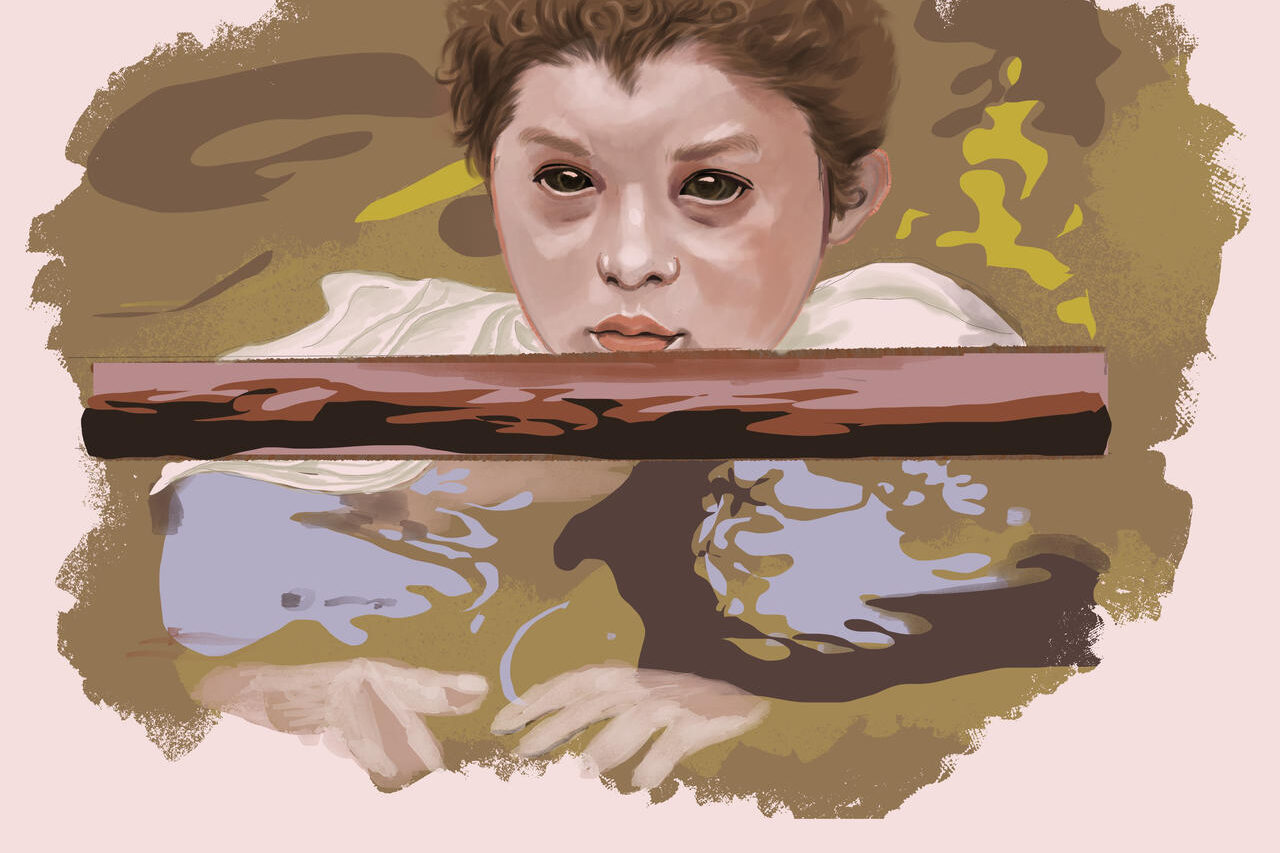
After the eruption of Colombia’s Nevado del Ruiz volcano in 1985, 13-year-old Omayra Sánchez was trapped in the rubble of her home, pinned by concrete and debris. A photo taken by Frank Fournier shows her up to her neck in muddy water, eyes wide, hands swollen, but somehow still calm. She was stuck for three days while rescuers tried to free her, but the equipment needed never arrived.
During that time, journalists interviewed her and captured images as she sang, prayed, and bravely accepted her fate. The public was stunned by her composure, but also outraged at the government’s slow response. She died shortly after the photo was taken, from exposure and gangrene. Her strength made her a symbol of resilience, but her death was a painful reminder of how preventable some tragedies are.
4. Alan Kurdi – A Boy Washed Ashore
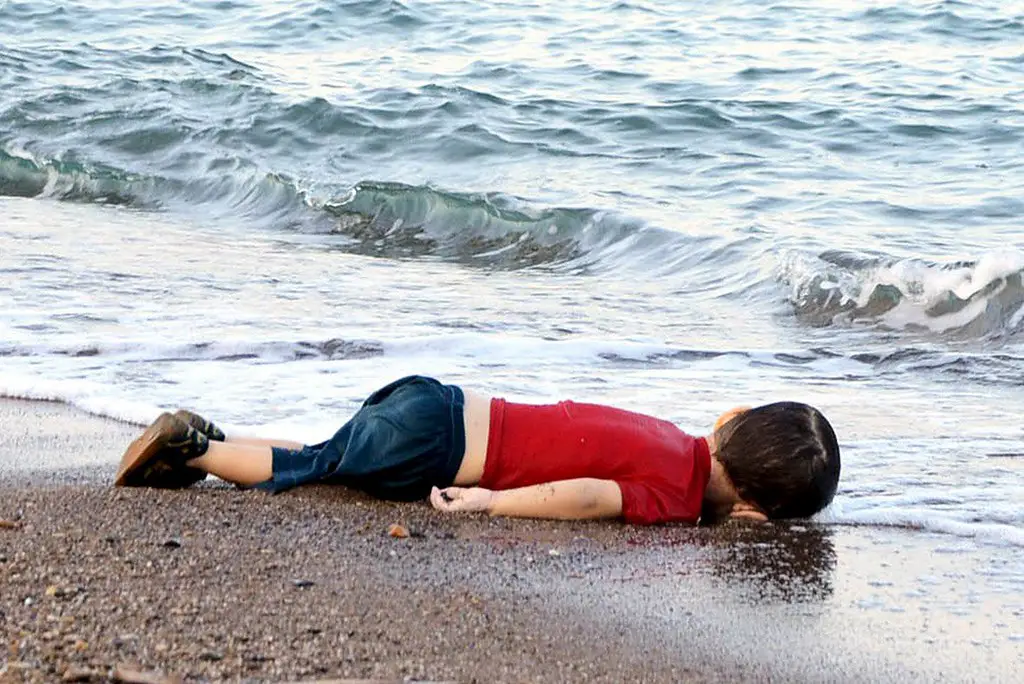
In 2015, the body of 3-year-old Alan Kurdi was photographed lying face-down on a Turkish beach after his family tried to flee Syria by boat. Dressed in a red shirt and little shoes, he looked like any child napping—until the reality hit. His family was seeking safety in Europe, but their overcrowded dinghy capsized.
The image shook the world and prompted calls for refugee reform, but the larger crisis continued. Alan’s mother and brother also drowned, leaving his father as the sole survivor. Though the photo sparked an outpouring of grief, it also stirred political tension and debate over immigration policies. For many, Alan became the heartbreaking face of an entire generation of displaced children.
5. Thích Quảng Đức – A Protest in Flames
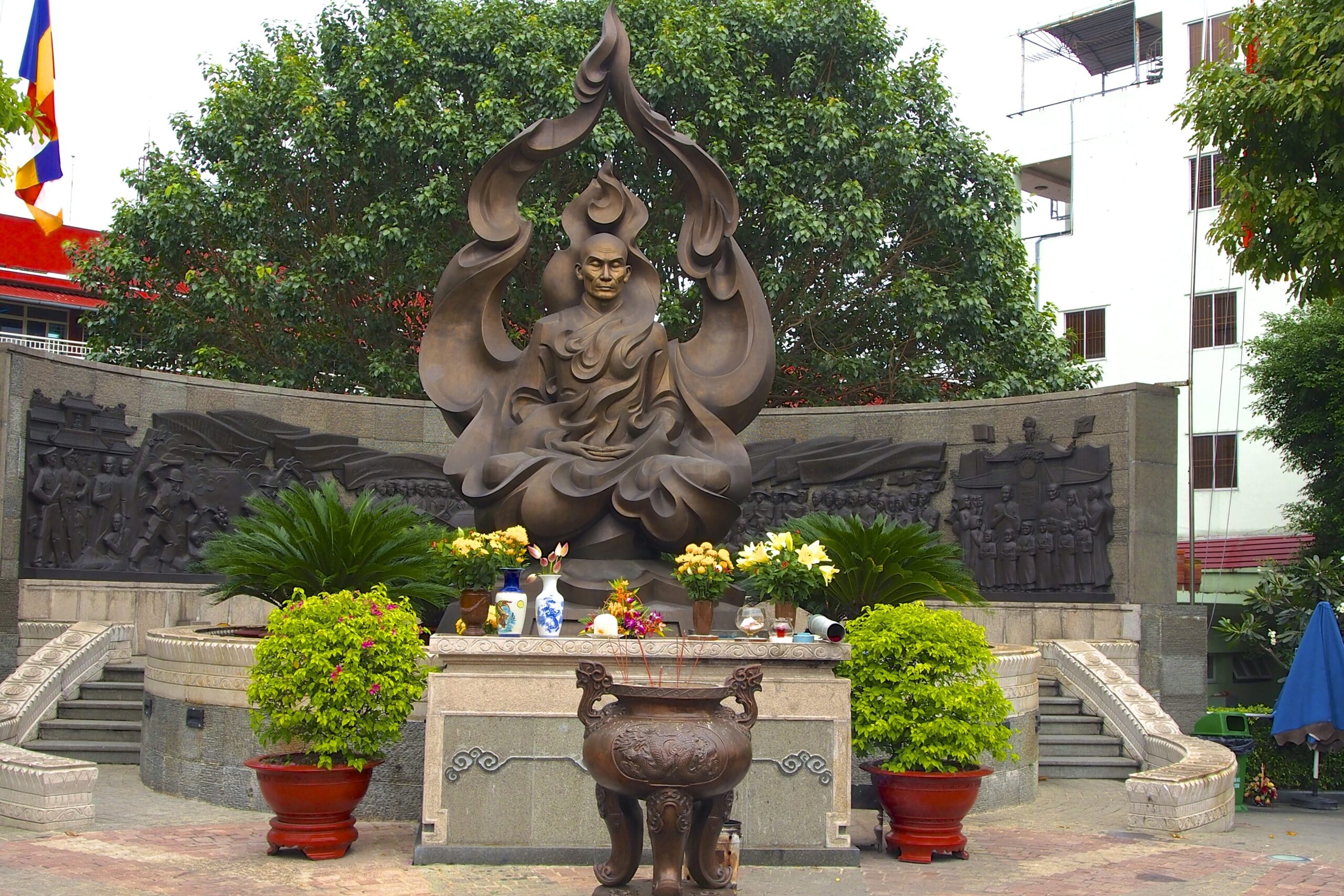
On a crowded street in Saigon in 1963, Vietnamese monk Thích Quảng Đức calmly sat down in the lotus position, doused himself in gasoline, and lit a match. The photo, taken by Malcolm Browne, captured the horrifying moment he self-immolated to protest the South Vietnamese government’s persecution of Buddhists. What struck people wasn’t just the flames—it was his stillness, the eerie serenity amid the fire.
Crowds gathered in stunned silence, and the world watched through Browne’s lens. The image made headlines everywhere and ultimately helped shift U.S. foreign policy in Vietnam. Quảng Đức’s body was cremated, but his heart reportedly remained intact—preserved as a relic. His sacrifice became a symbol of peaceful resistance, but it came at a truly devastating cost.
6. Billie Holiday Singing “Strange Fruit” – A Song That Risked Her Life
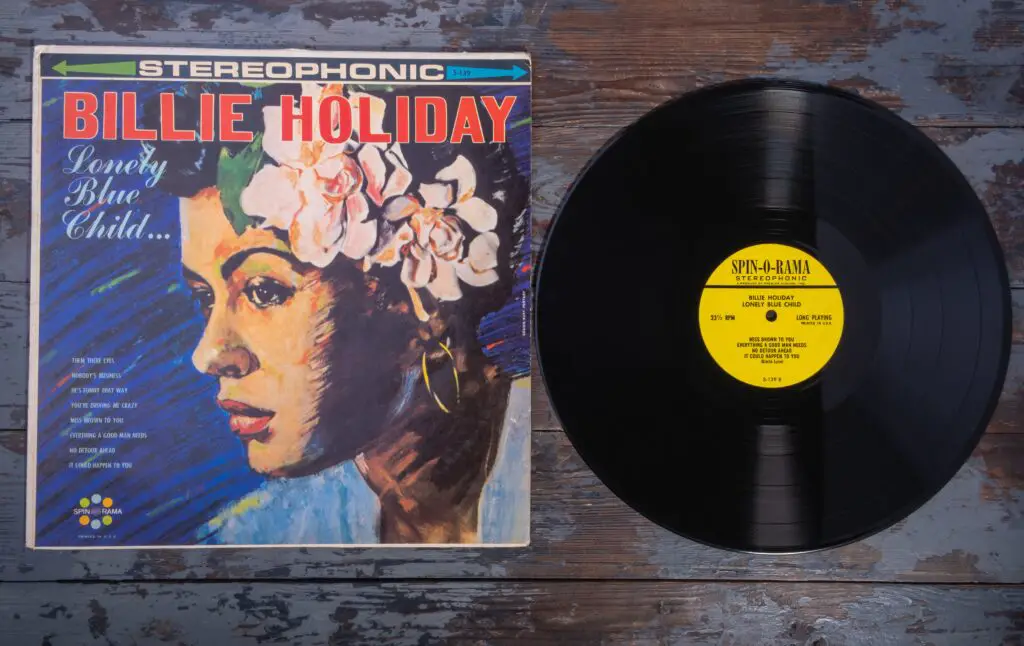
There’s a photo of Billie Holiday, bathed in spotlight, standing at the microphone with her eyes closed, singing “Strange Fruit.” It looks like a typical jazz performance—but the song was anything but typical. “Strange Fruit” was a harrowing protest against the lynching of Black Americans, describing bodies hanging from trees in the South. Every time Holiday sang it, the room would fall silent, and the air grew heavy.
What people don’t always know is how much danger she was in because of it. The Federal Bureau of Narcotics, led by Harry Anslinger, targeted her relentlessly, trying to silence her voice through surveillance, threats, and even jail time. They banned her from performing the song and hounded her with drug charges. Holiday never stopped singing it, even when it destroyed her career—and possibly her life. That haunting photo isn’t just of a singer, it’s of a woman standing alone in defiance.
7. Phan Thi Kim Phuc – The Girl Running From Napalm
In 1972, Associated Press photographer Nick Ut captured a group of children fleeing a napalm attack during the Vietnam War. In the center was 9-year-old Kim Phuc, completely naked, her skin burning, screaming in agony. Her clothes had been burned off, and the look on her face was pure terror.
Ut didn’t just take the photo—he rushed her to the hospital and saved her life. Kim Phuc spent years recovering from her injuries and later became a UNESCO Goodwill Ambassador. While she found peace, the image continues to stir painful memories. It’s a stark reminder of the human cost of war, especially for the innocent caught in the crossfire.
8. The Kent State Shooting – A Cry for Help
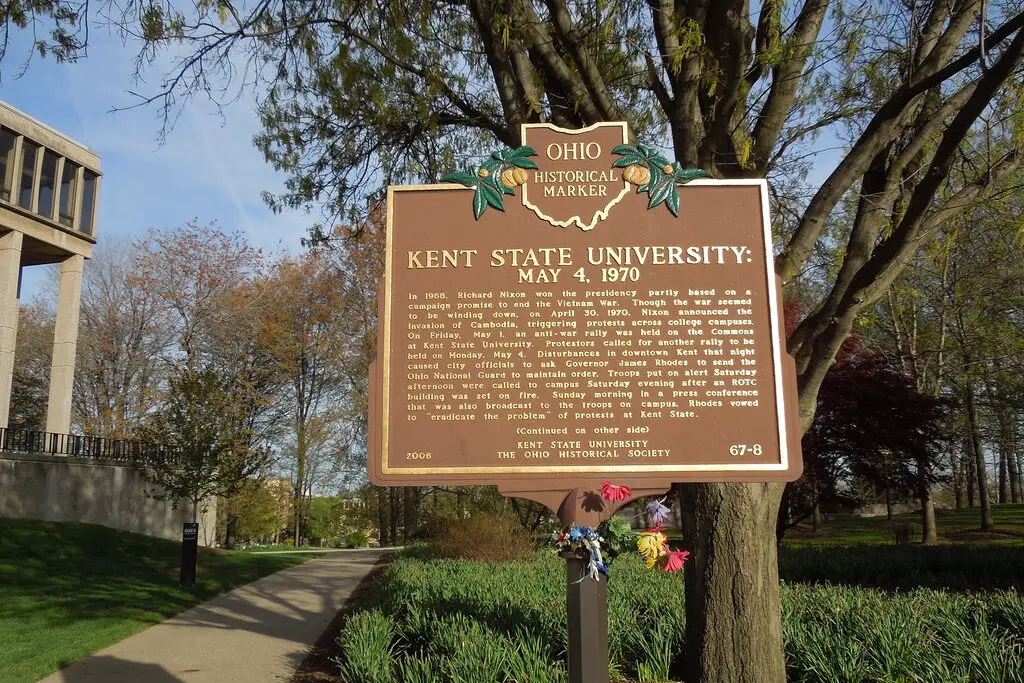
On May 4, 1970, a student protest at Kent State University turned deadly when the Ohio National Guard opened fire on unarmed demonstrators. Photographer John Filo captured a young woman kneeling and screaming over the body of 20-year-old Jeffrey Miller. Her anguish became a defining image of the Vietnam War era.
What many don’t realize is that the protest wasn’t particularly large or violent. The guardsmen fired 67 rounds in 13 seconds, killing four students and injuring nine. The moment shattered trust in authority and fueled anti-war sentiment across the country. The girl in the photo, Mary Ann Vecchio, was only 14 and had run away from home. She was later harassed and traumatized by the attention.
9. Dorothy Counts – Walking Into Hate
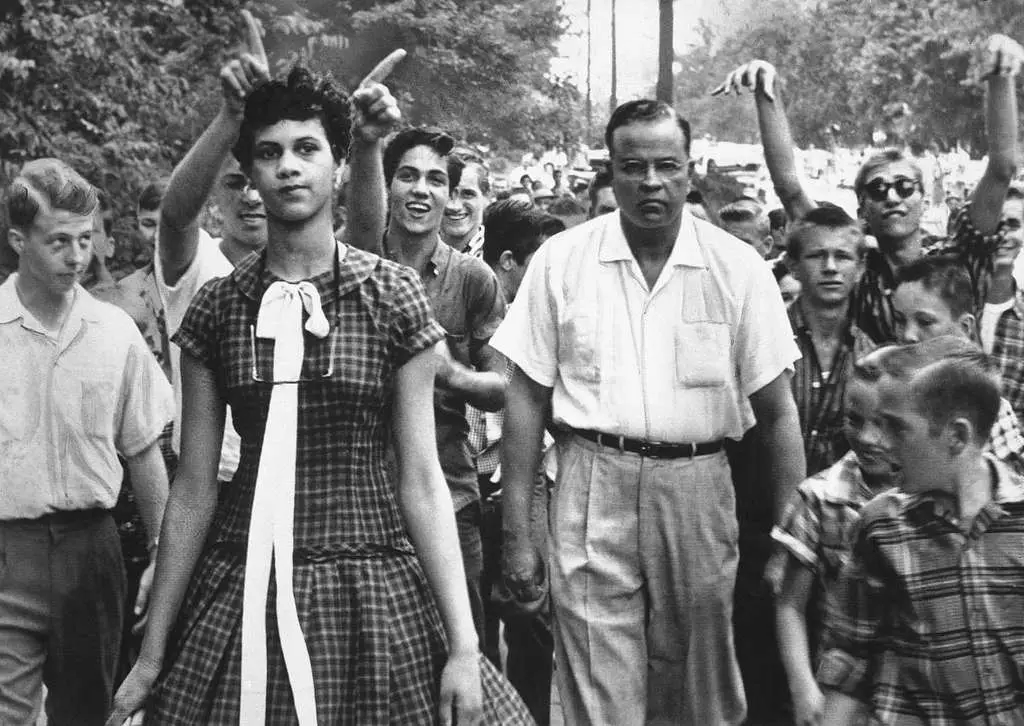
In 1957, 15-year-old Dorothy Counts made history when she walked into Harding High School in North Carolina as one of the first Black students to integrate the school. The photo shows her clutching her books while white boys scream and throw things behind her. She’s dressed with pride, walking tall, but surrounded by open hatred.
What the photo doesn’t show is what happened next—students spit on her, pushed her, and teachers ignored the abuse. After four days, her parents pulled her out, fearing for her safety. Dorothy never forgot the experience, though she later became an advocate for civil rights. That image still stands as a chilling reminder of how recent—and how violent—America’s desegregation struggle was.
10. The Final Embrace – Trapped in Rubble
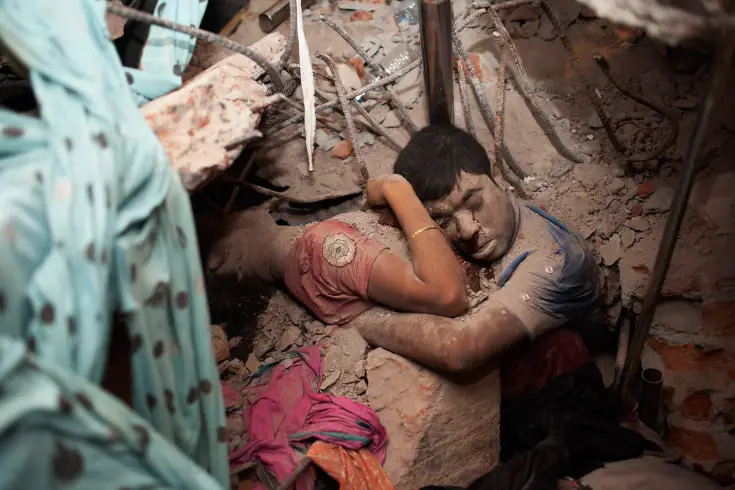
After a garment factory collapsed in Bangladesh in 2013, killing over 1,100 people, photographers combed through the wreckage. One image stood out—a man and woman, their bodies crushed under concrete, locked in an embrace. Their identities were never confirmed, but the pose was tender, as if they’d found each other in the chaos.
The photo went viral and shed light on the horrific conditions garment workers faced. Cracks had appeared in the building the day before, but workers were forced to return. The image led to global outrage and pressure on clothing brands to improve factory oversight. Still, many laborers around the world continue to face the same risks, without the protection they deserve.
11. Earthrise – A Beautiful, Lonely Truth
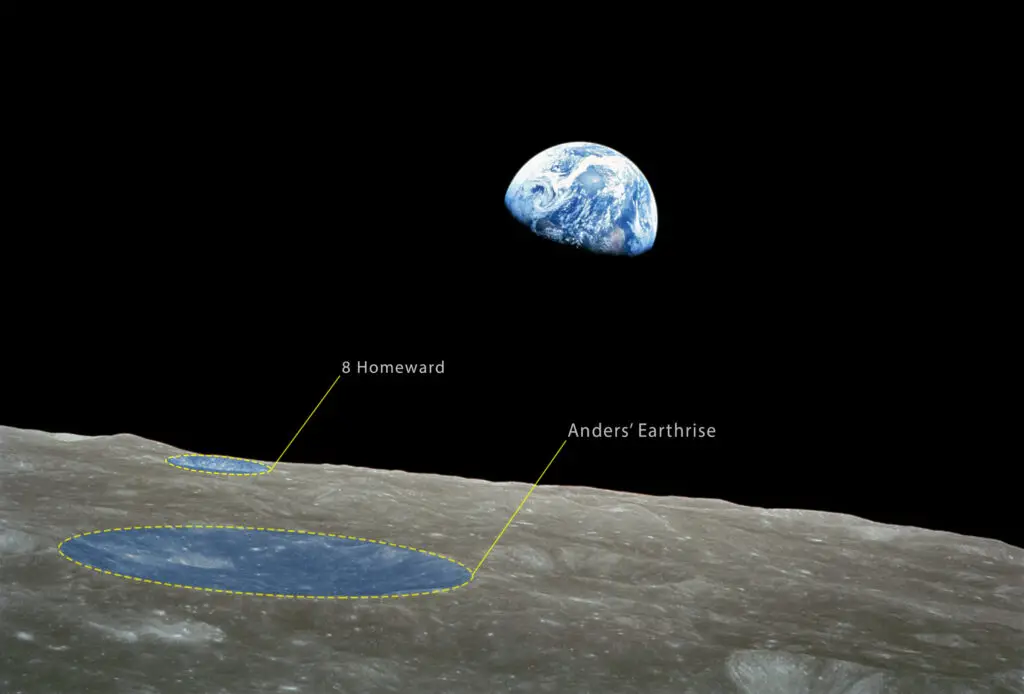
In 1968, astronaut Bill Anders took a photo of Earth rising over the moon’s horizon during the Apollo 8 mission. It’s now known as “Earthrise” and became one of the most iconic images of all time. At first glance, it’s stunning—a small blue planet glowing against black space.
But what makes it darker is what it revealed: our planet’s fragility, isolation, and vulnerability. Taken during a time of Cold War tension and civil unrest, it forced humanity to look inward. Anders later said, “We came all this way to explore the Moon, and the most important thing we discovered was the Earth.” That beauty came with a sobering sense of responsibility, one we’re still grappling with.
12. The Tank Man – Courage With No Name

In the aftermath of the 1989 Tiananmen Square protests, a man stood alone in front of a column of tanks, refusing to move. The photo, snapped by multiple photographers from hotel balconies, shows him holding grocery bags and standing still as the tanks try to maneuver around him. He climbs on one, speaks to the soldiers, then steps back into place.
To this day, no one knows his name or what happened to him afterward. Some believe he was executed, others think he escaped. The Chinese government has tried to erase the image from history, but it remains a global symbol of defiance. It’s easy to forget that this moment, while powerful, came after a brutal crackdown that killed hundreds—possibly thousands—of protesters.
13. The Burning Monk – A Second Perspective
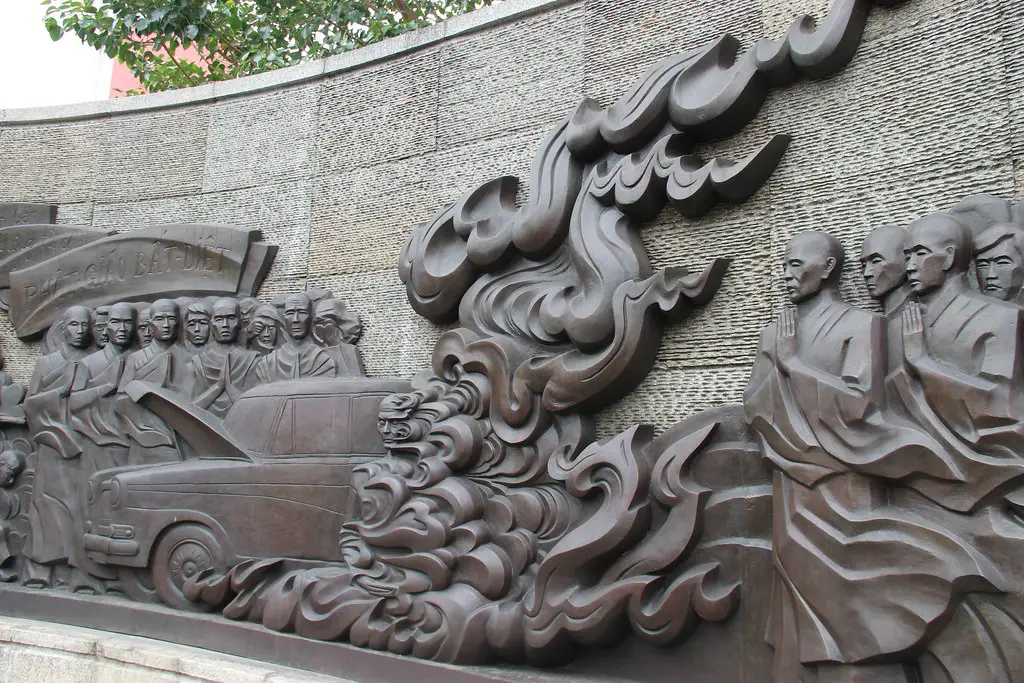
While Malcolm Browne’s image of Thích Quảng Đức is widely known, few people know about the second monk who carried out a similar act in 1965. His name was Thích Nhất Hạnh, and he followed Quảng Đức’s example to protest continuing oppression. A lesser-known photo shows him engulfed in flames, alone in the street.
Unlike the first image, this one didn’t spread widely, partly because media coverage had started to wane. But it represented the enduring pain and desperation of Vietnam’s Buddhist community. These self-immolations weren’t meant to shock—they were meant to jolt the world awake. And while some remember the fire, fewer understand the deep spiritual conviction behind it.
